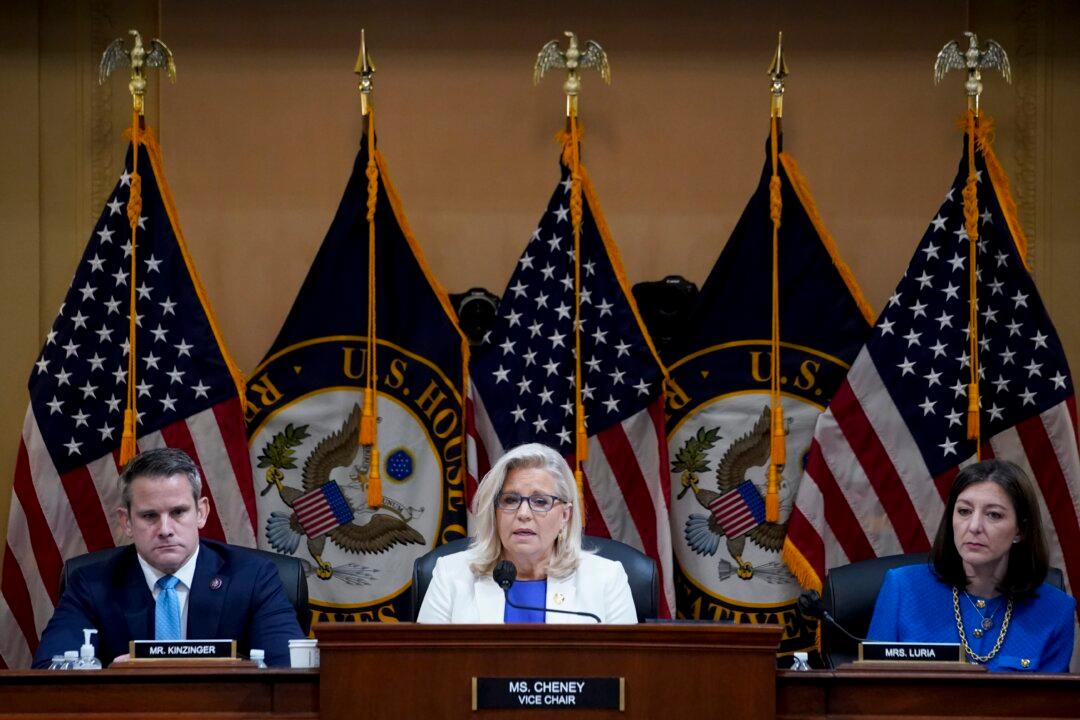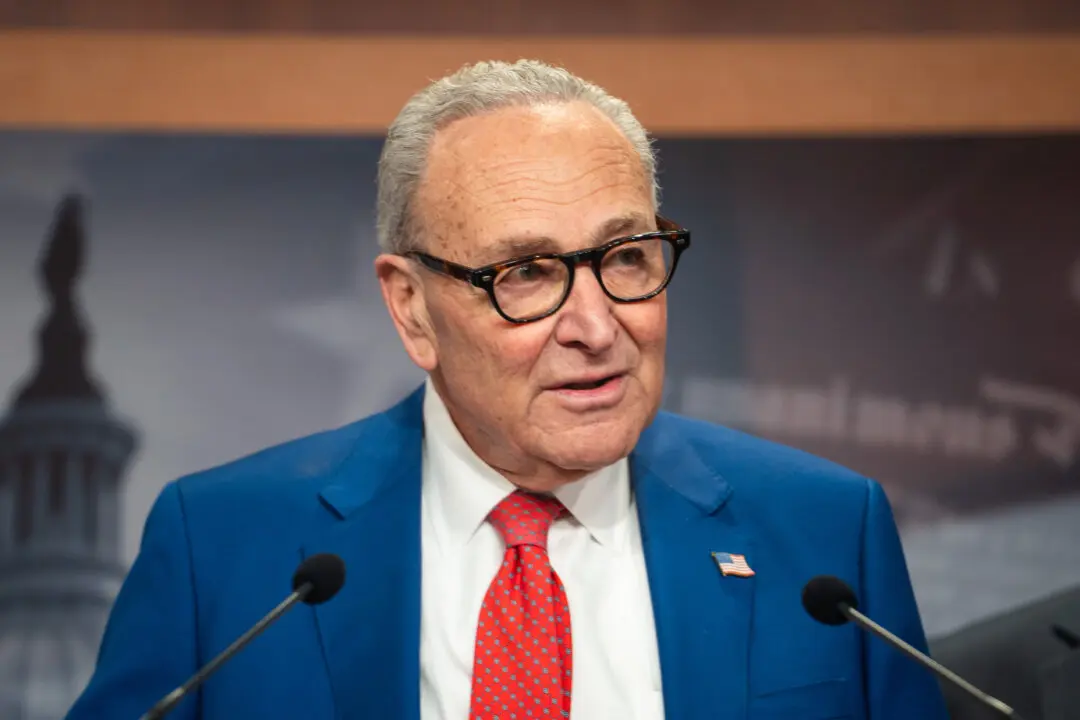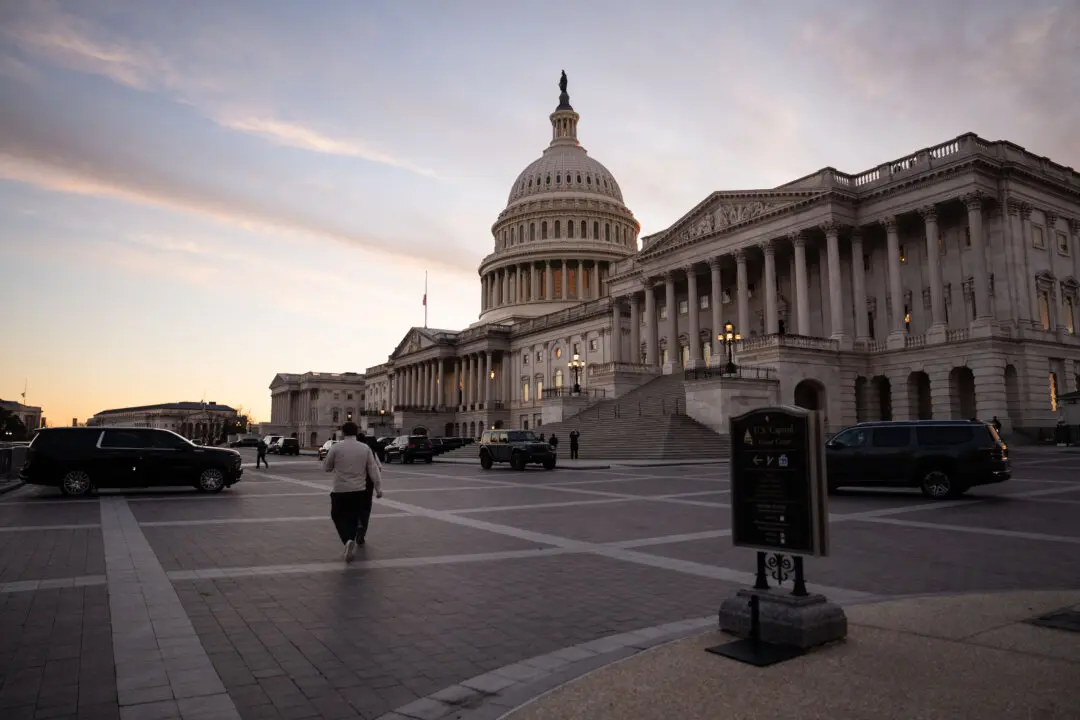During its eighth public hearing on July 21, the House January 6 Committee unveiled testimony and videos alleging to show that President Donald Trump was too slow to condemn the violence at the Capitol on Jan. 6, 2021.
The hearing, led by Reps. Elaine Luria (D-Va.) and Adam Kinzinger (R-Ill.), focused on the so-called “187 minutes” between President Donald Trump’s speech at the Ellipse and his video telling supporters at the Capitol to disperse on January 6.





